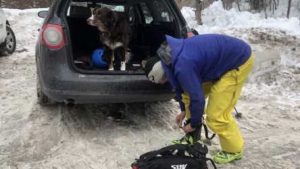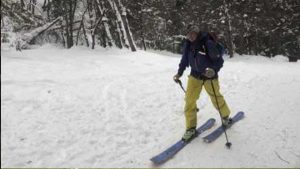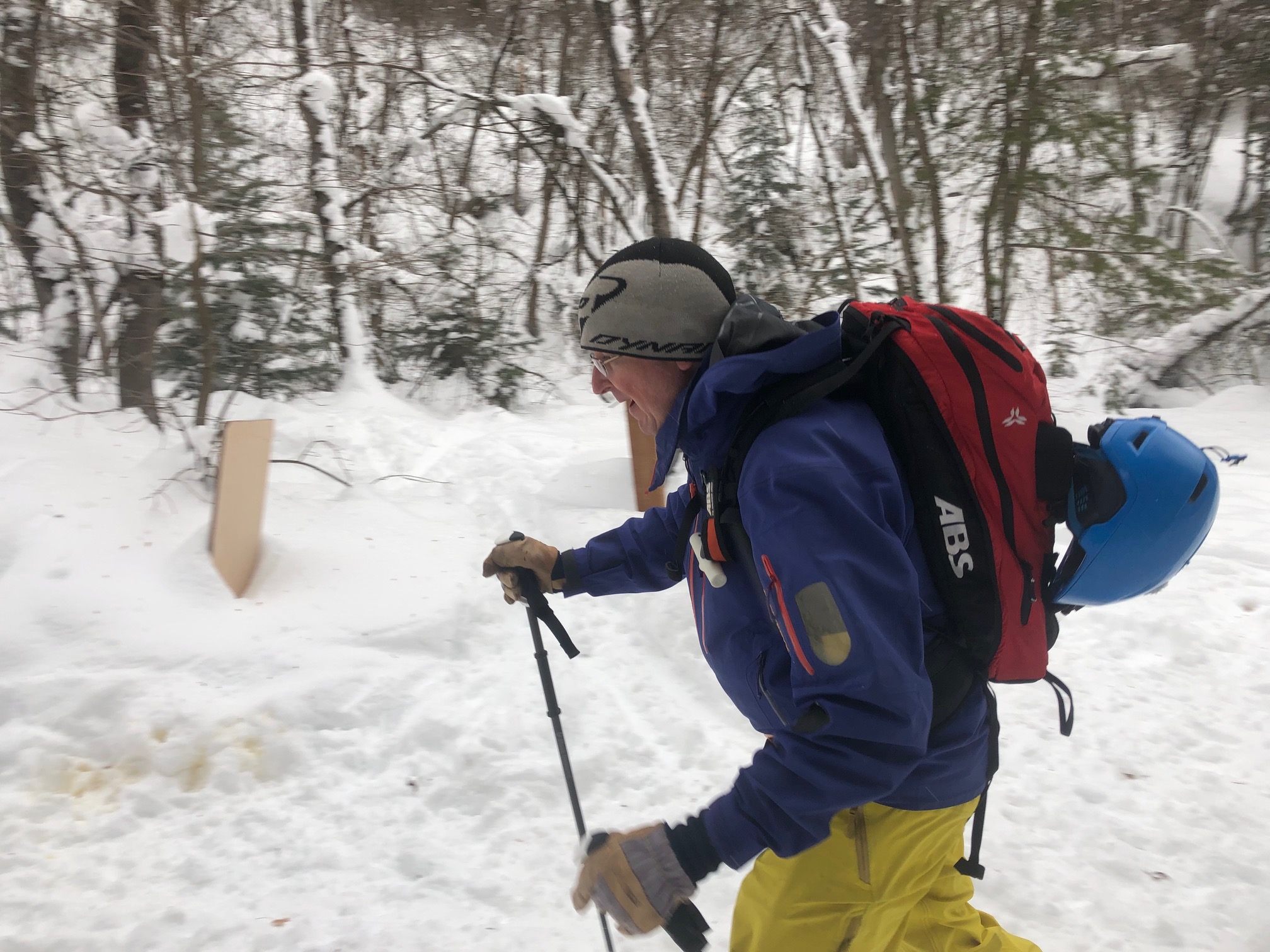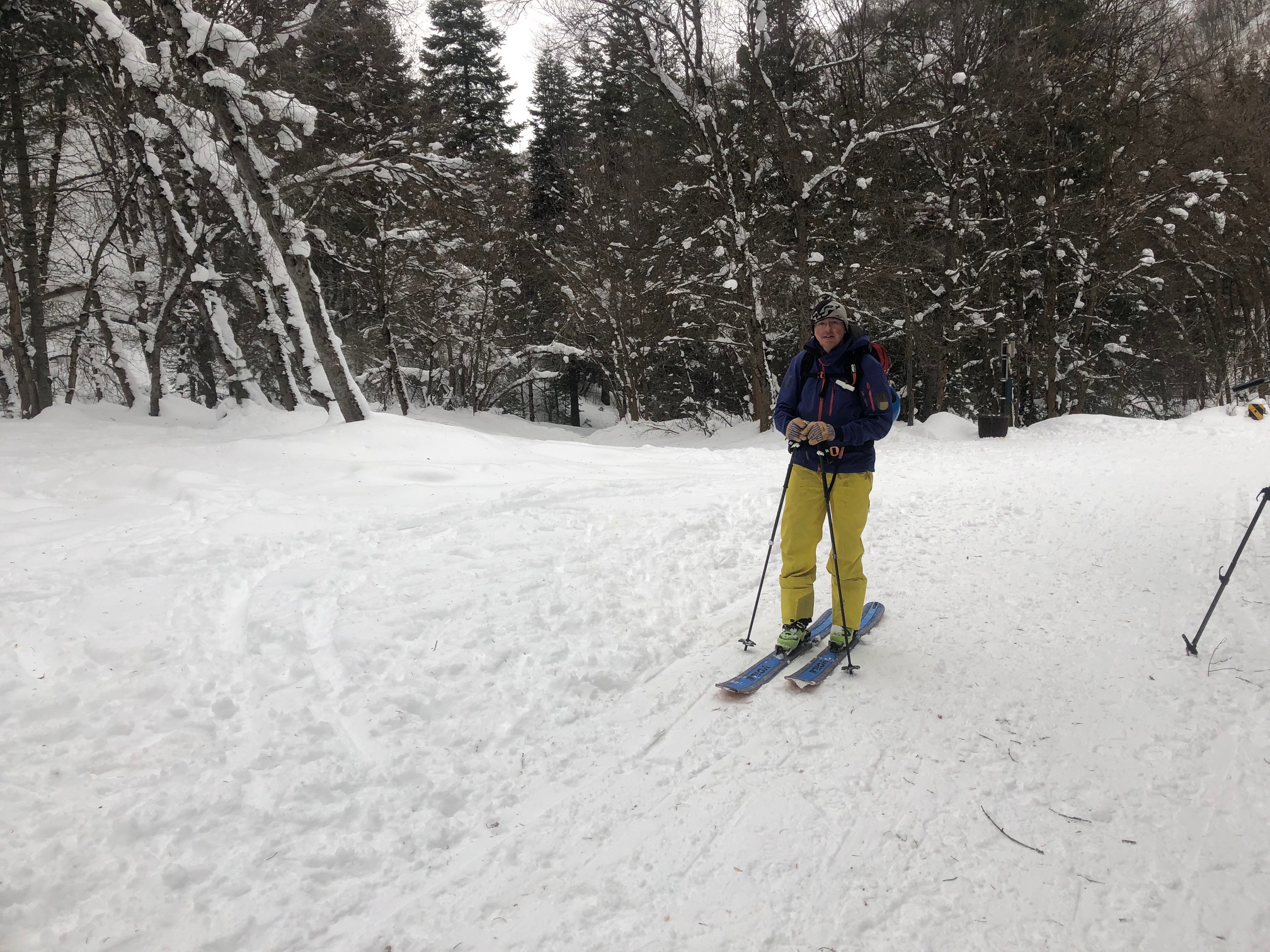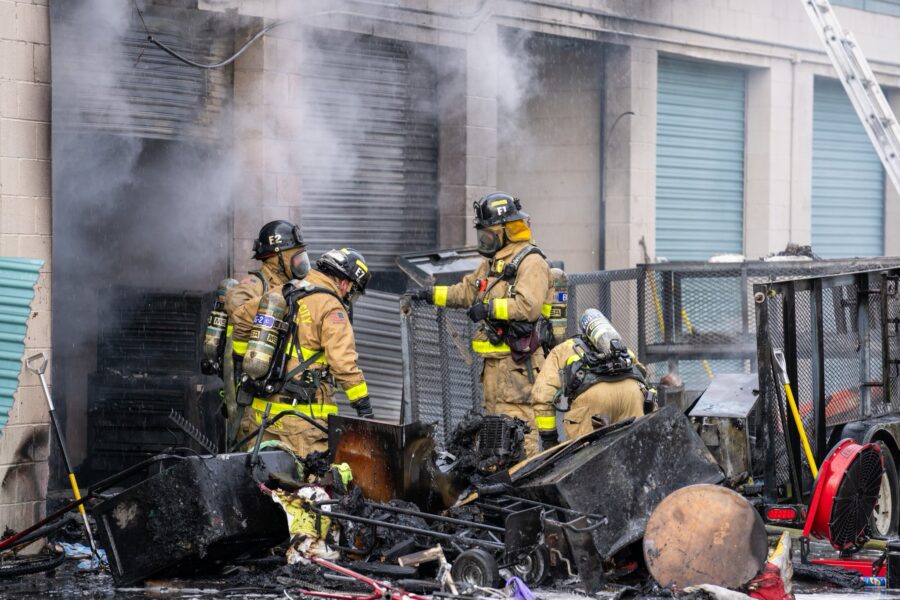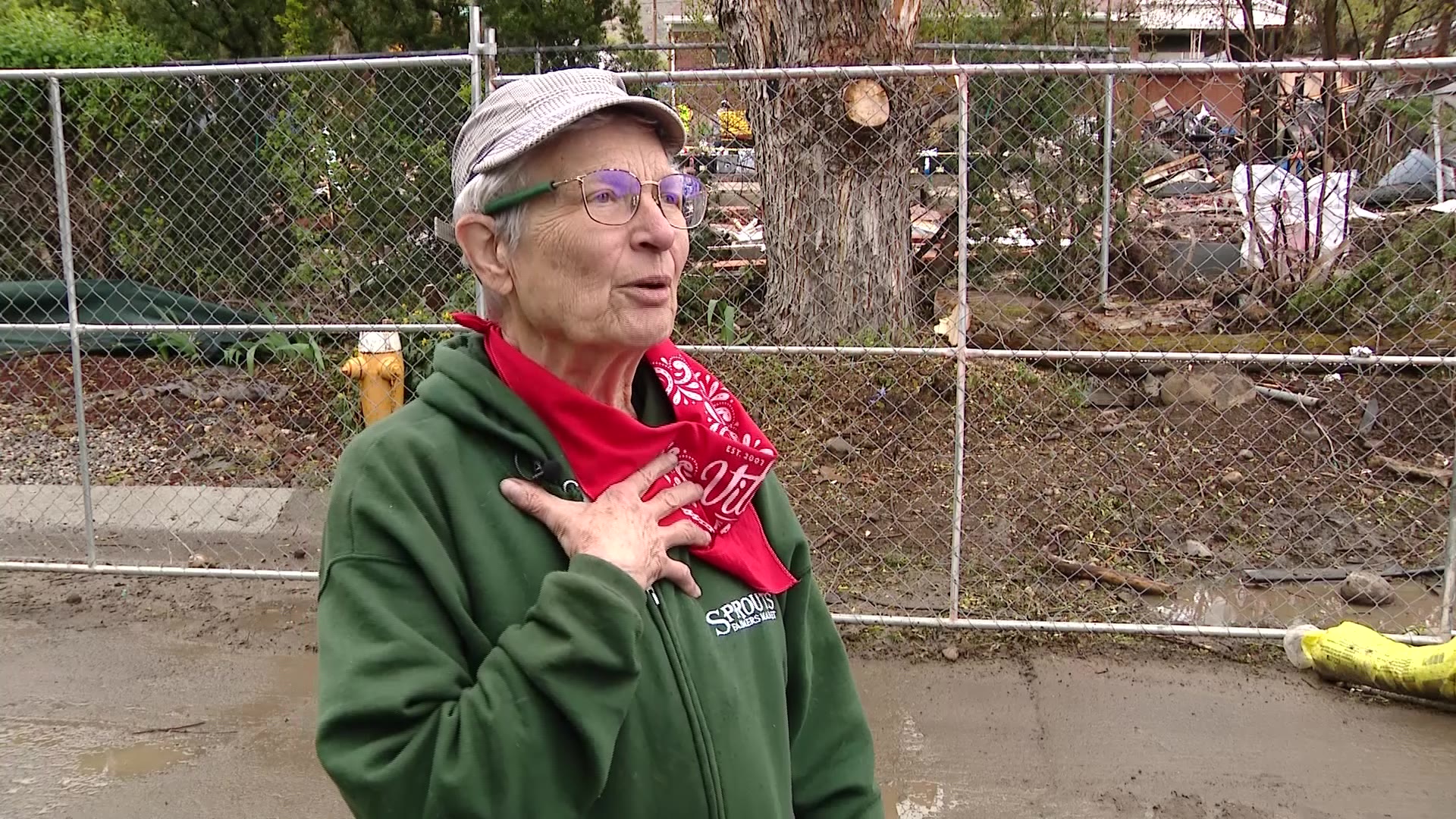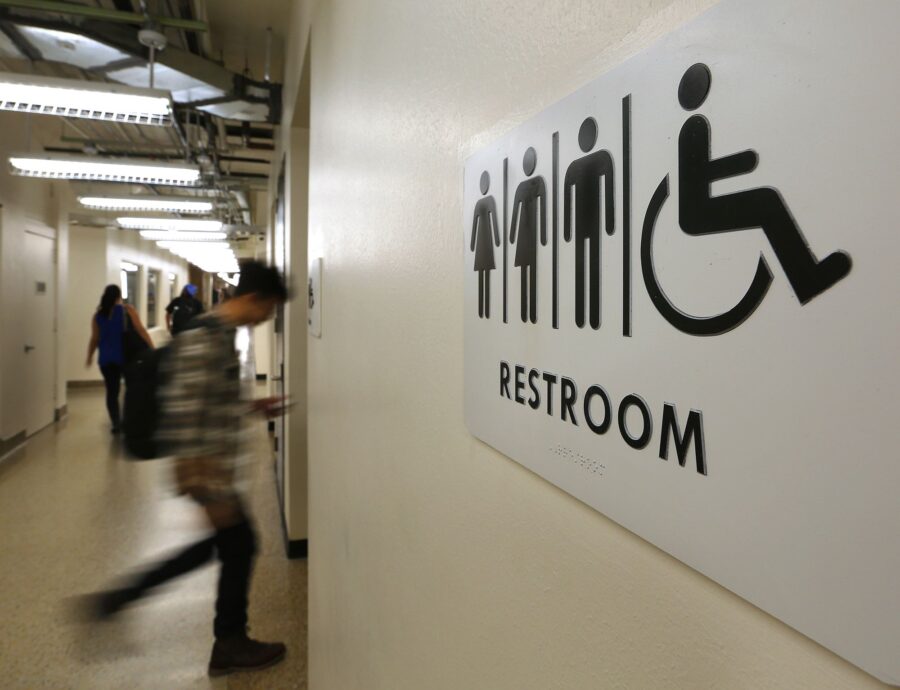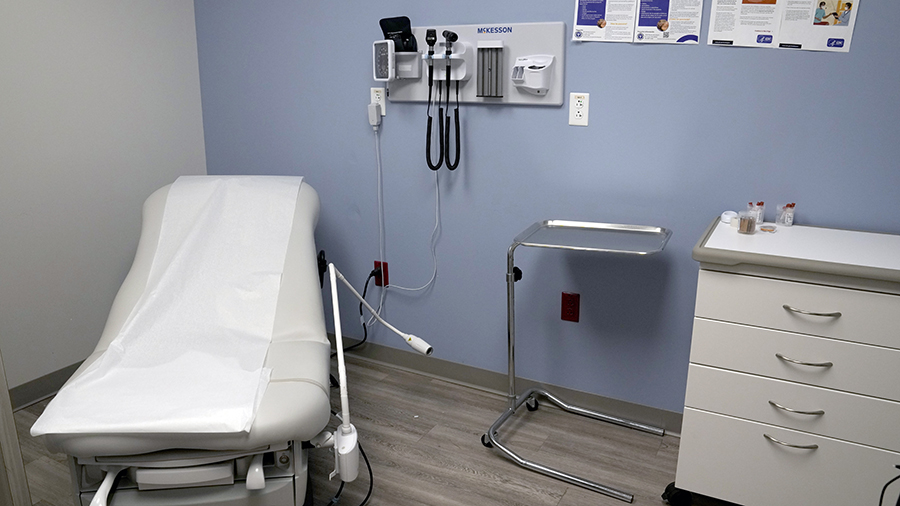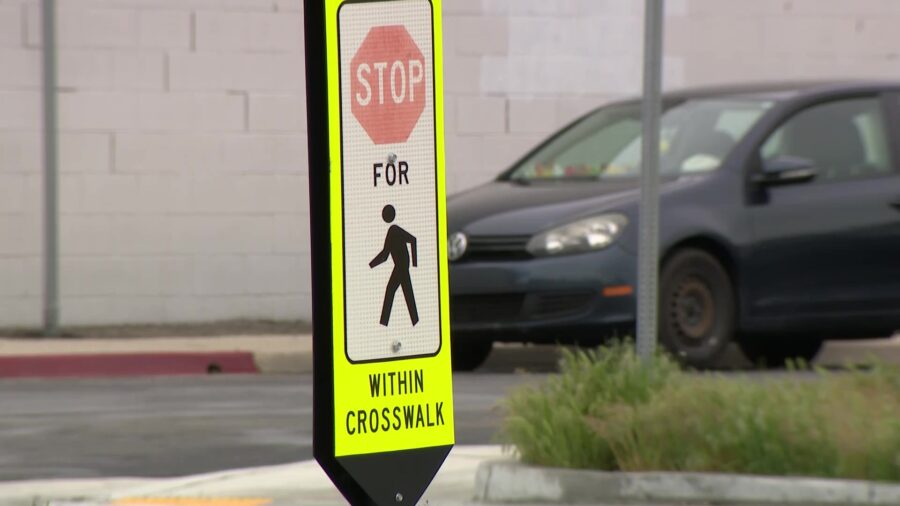Experienced Skier Caught In Avalanche Tells Of Close Call
Feb 13, 2019, 5:39 PM | Updated: 10:42 pm
SALT LAKE CITY, Utah – One experienced back-country skier went for a wild ride in an avalanche last week on the Wasatch Front, and lived to tell the tale. He’s sharing his story so that others can learn from his mistakes and avoid deadly avalanche terrain in Utah.
The snowpack is very complex right now, and its creating avalanche dangers for even the most experienced and cautious skiers, he said.
“It’s like having face shots. But, there was no relenting, and it was a terrifying experience rather than an enjoyable one,” said Phil Santala, of his unexpected ride.
He has already skied 82 days this year and regularly skis 100 days in a season. He often shares his observations on the Utah avalanche center website.
He also documents some of his runs on a Youtube channel.
Last Thursday, a day with more than a foot of fresh snow, his thrilling back-country skiing lifestyle nearly ended in a 600-foot slide.
“It was great. It was powder,” said Santala, who was skiing with two experienced partners on Pioneer Ridge, outside of Brighton, that day.
“It was the fourth line of the day that we had skied back there,” he said.
The group of skiers had enjoyed stable snow conditions on three previous runs.
“Great powder kind of lured us in,” he said, of that fateful fourth run. “We weren’t skiing anything more aggressive than we had skied previously.”
Phil Santala gears up for conditions.
Santala and his skiing partners had been testing the snow all day, putting in ski cuts to see if they could force an avalanche.
“Without you being on it,” he said. “You do that before you head straight down the line. You head more across the start zone.”
So, they had been gathering critical information about the snow conditions throughout the day. On the fourth run, one of Santala’s partners skied across the start zone.
“Things looked safe,” he said. “It looked very similar to the the three previous lines we had skied.”
So, Santala dropped in.
“I made one turn – felt great,“ he said.
On his second turn, one of his partners shouted “avalanche” just as Santala saw the snow break away a foot deep and more than 100-feet wide.
“I knew then I was in some serious trouble.“
He tried to ski out of it.
“I grabbed onto the branch of a tree, and I could feel snow pulling at the back end of my skis,“ he said.
He tried to hang on as the snow pushed against him and rushed by him. But, the branch slipped out of his hands.
“I got pulled backwards down the slope and started to tumble,” he said. “I lost both of my skis in the process of going through kind of the washing machine.”
Santala’s skiing partners estimate the avalanche swept him away at 30 to 40 miles per hour.
As he tried to swim in the avalanche and keep his head above the snow, he remembered this piece of advice from his avalanche safety coursework.
“They say that if you’re involved with these things you want to fight like hell,” he said. “You want to try to stay on top of it.”
He struggled to deploy his emergency airbag, which would have helped keep him on top of the snow. He couldn’t pull the cord because he was wearing mittens that he wasn’t used to, and the snow was pummeling his body.
“I never saw daylight until I popped up out of the slide,” he said.
Santala said he must have been skiing with a guardian angel because he ended his 500 to 700-foot ride sitting up on top of the snow.
“I was feet down, head up.”
He shouted to his partners that he was OK.
“I felt like a million bucks because not only was I not physically injured, but I had just come out of this thing,” he said.
Remarkably, he came out of that traumatic tumble without getting banged up. He thinks grabbing that tree branch helped keep him on the top in the slide.
“It helped put me a little bit higher on the avalanche in the sense that I was less entangled with the debris.”
Santala had started his day by checking avalanche conditions on the Utah Avalanche Center website, and picking a place where he believed the snow would be safe.
“It’s a complex situation,” he said.
Yet, despite his experience and that of his partners, he still made a mistake that could have killed him.
“The avalanche doesn’t know that you’re an expert,” said Santala.
He went back a couple of days later to study the slide and discovered weak snow layers below. So, did he make a bad decision?
“If you’re caught in an avalanche, you’ve made a mistake somewhere,” he said, admitting to his mistake. “There’s no ifs, ands, or buts about it.”
He said he now believes he should have taken a closer look at the snow before that last run.
“I think that I’m lucky to have gone home that day instead of the hospital, or instead of the morgue,” Santala said.
Looking back, in addition to a closer look at the snow, he said, he would pull the ripcord on his airbag right when the snow first broke. That way, he would be more likely to deploy that emergency device.
Avalanche conditions right now remain very dangerous and complex, especially with more fresh, heavy snow arriving tonight. You can check conditions before heading out at the Utah Avalanche Center website.

